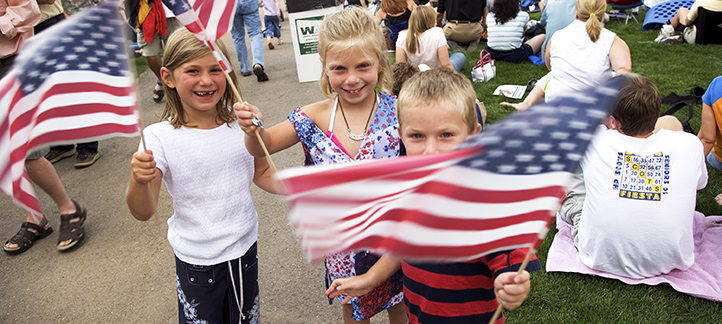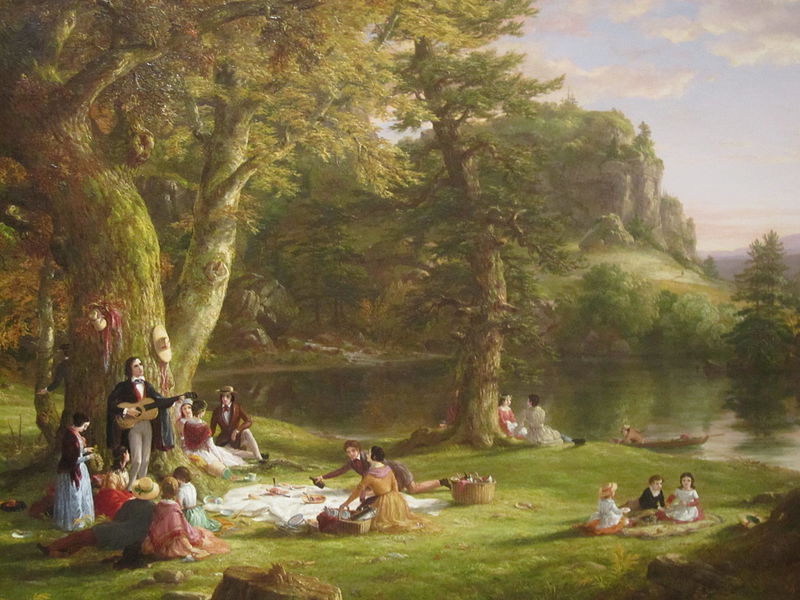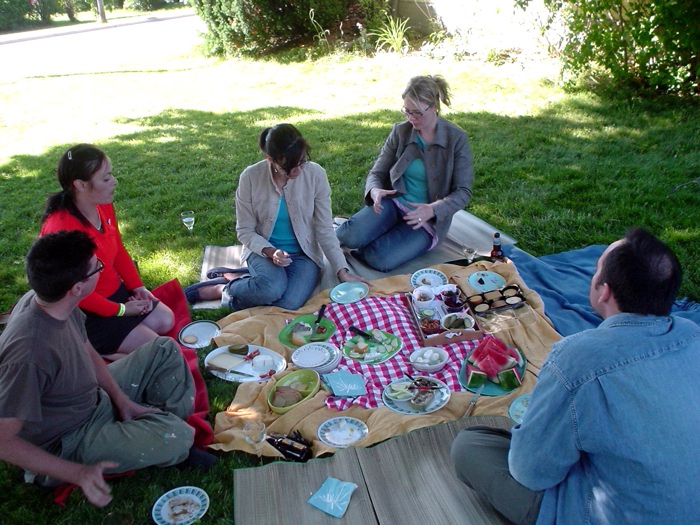Where will you be this weekend for Independence Day celebrations? Like many this long weekend, you will likely gather with others in a local city park, or visit one of the many grand state or national parks. July 4th celebrations are usually quite the opposite of most sensory experiences we discuss here; loud, busy and joyful rather than quiet and reflective. However, this weekend can be a time for you to reflect on our nation’s identity and our long standing love of green spaces.

People in the United States have long had an affinity for remarkable and symbolic landscapes. Philosophical distinctions between wilderness and civilization, and the sacred and the profane, had been an enduring topic in Europe, and was renewed by early Americans, such as Henry David Thoreau and the Transcendentalists. The American experience of nature and sacred is not unique. Many cultures, including those of India, Japan, and Africa, have traditions of honoring sacred forests, groves, and mountains.

The historic American relationship to nature can be described as overlapping sequences of exploration, exploitation, conservation, and sustainability. In every sequence there are clear examples of nature as sacred or salient to American identity. In the mid-1800s a shift towards a romantic view of nature began to take hold. Wilderness became sublimely beautiful and a place to experience truth and spirituality rather than being a dark and threatening space. For instance, early political appeals to dedicate a National Parks System were premised on dramatic, symbolic imagery about the grandeur and a nativistic expression of the sacred in landscape. John Muir’s first hand accounts of lands that would eventually become world-renowned landscape preserves are still quoted extensively as representations of ‘sublime’ wild landscapes, and a human spiritual dependence on nature.
In the late 1800s Frederick Law Olmsted’s appeals about Central Park and its potential to remedy the social ills of urban dwellers initiated greater attention to natural spaces in the midst of cities. Urban nature is often planned and implemented for a number of services or functions, such as recreation, water management, or beautification. Awe while in the sublime, grand American landscape has been translated now into functional, pragmatic integrations of urban green spaces that are open and community-serving.
As you celebrate this weekend we hope you reflect on this quick history of American green spaces, enjoy time with your friends, family and community, and take a moment to enjoy the green space around you!

